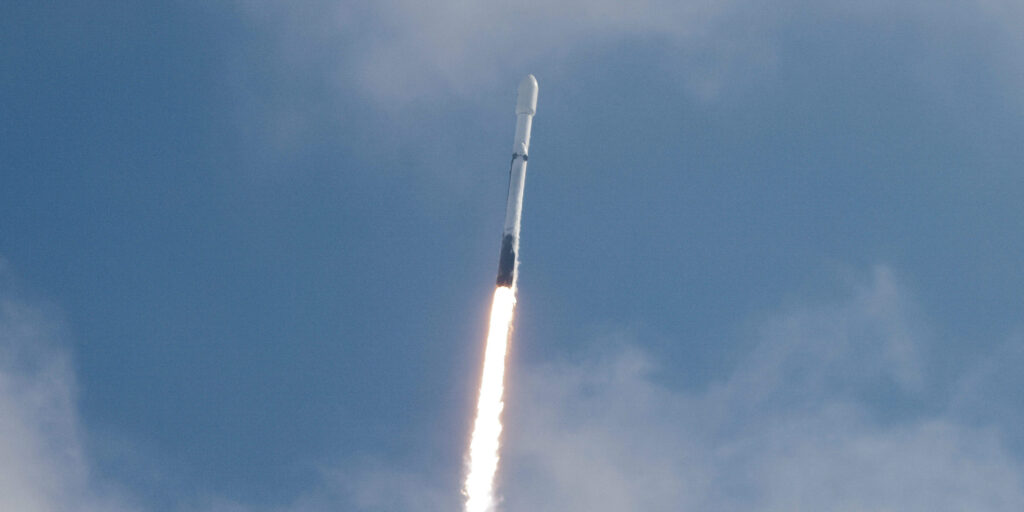Die Psyche-Sonde selbst hat die Größe eines Kleintransporters. Sie wird von einem solarelektrischen Antriebssystem angetrieben. An Bord befinden sich ein Magnetometer, ein Gammastrahlenspektrometer und ein Neutronenspektrometer sowie multispektrale Bildsensoren.
Zu Psyche gehört auch Deep Space Optical Communications (DSOC), der experimentelle Kommunikator der NASA, der optische und Laserkommunikation jenseits des Mondes testen wird.
Die Psyche-Mission wird ihr Ziel im August 2029 erreichen. Die Raumsonde wird den Asteroiden zwei Jahre lang wiederholt umkreisen und dabei allmählich an Höhe verlieren. Eine Landung ist im Rahmen dieser Mission nicht vorgesehen. Stattdessen wird die Station die Geologie und Schwerkraft von Psyche aus der Ferne untersuchen. Die Wissenschaftler planen, das Vorhandensein eines Magnetfeldes zu prüfen und eine Vielzahl von Daten über die Zusammensetzung des Asteroiden zu sammeln.


